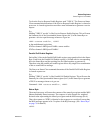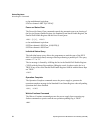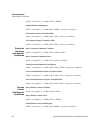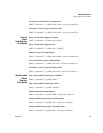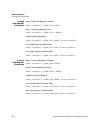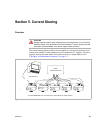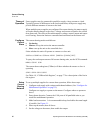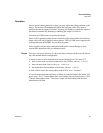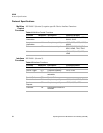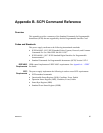Current Sharing
Overview
90 Operating Manual for Multichannel Functionality (GPIB-M)
Theory of
Operation
Power supplies may be connected in parallel to supply a large current to a load.
Typically, because of differences in the load connections, each power supply may
provide different amounts of current to the load.
When multiple power supplies are configured for current sharing, the master supply
will make minute changes to the slave’s voltage and current to equalize the current
draw from each. The slaves will track the master's voltage, current, output and output
on/off setting. Protection limits are controlled and monitored on the master unit.
Configure
Current
Share
The current sharing modes available are:
• No sharing
• Master: sets up the unit as the master controller.
• Slave: sets up the unit as the controlled slave.
Select whether the unit will operate as a master or slave unit:
SOURce:COMBine:CSHare:MODE [MASTer|SLAVe|OFF]
To query the total output current of all current sharing units, use the SCPI command:
MEAS:CURR? SUM
The current share subregister (CSHare) will show whether the master or slave is
operating.
STAT:OPER:CSH:COND?
See Table 4.9, “CURRent Sub-Register,” on page 77 for a description of the bits in
this register.
Setup
Current
Sharing
Network
To set up multiple supplies for current share operation, follow these steps:
1. Configure each supply with a unique multichannel address. (See “Configure for
Multichannel Operation” on page 35.)
Configure one supply to operate as the master. Configure others to operate as
slaves.
2. Power down the units. Connect the CAN ports of all paralleled units as you
would for multichannel operation
3. Make load connections. It is recommended to keep load cables the same length
if possible. See Figure 5.1.
4. Power up the master, then all slaves.
5. Set the voltage on the master, then enable the output.




